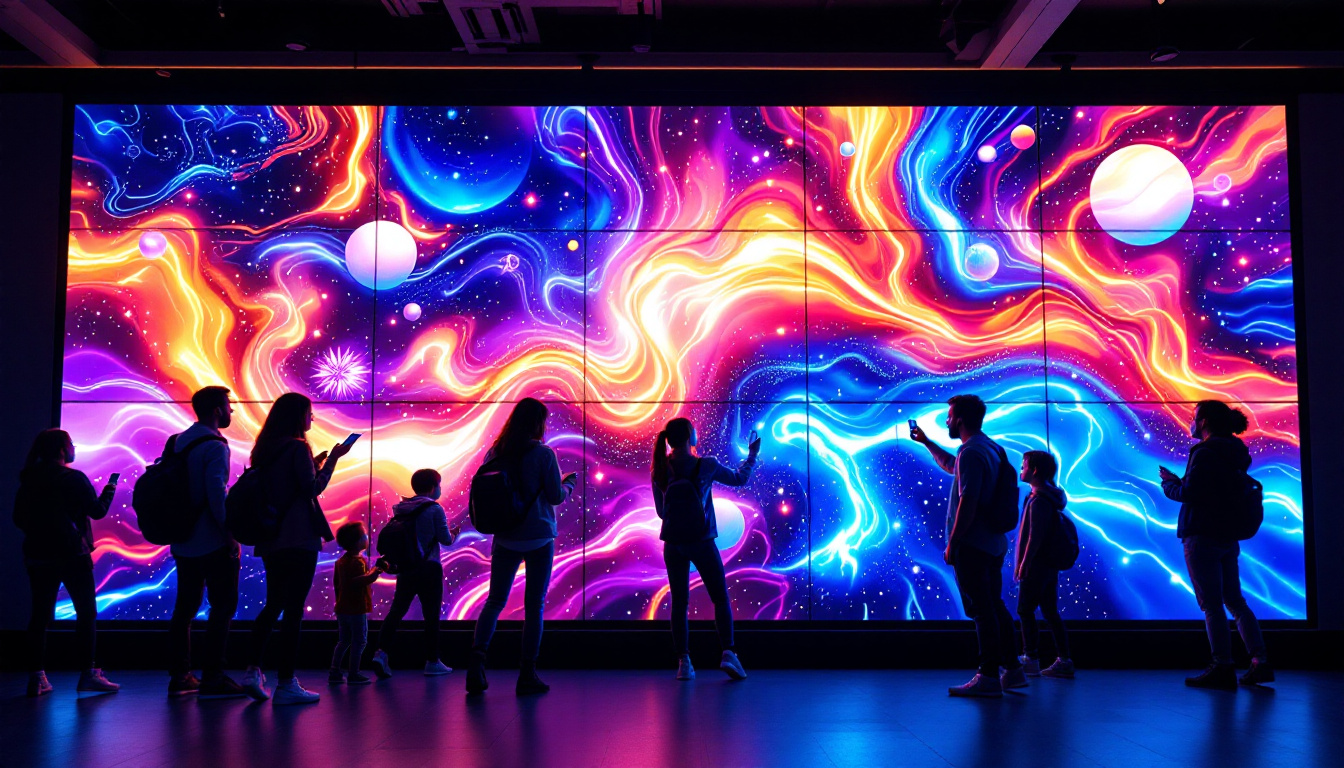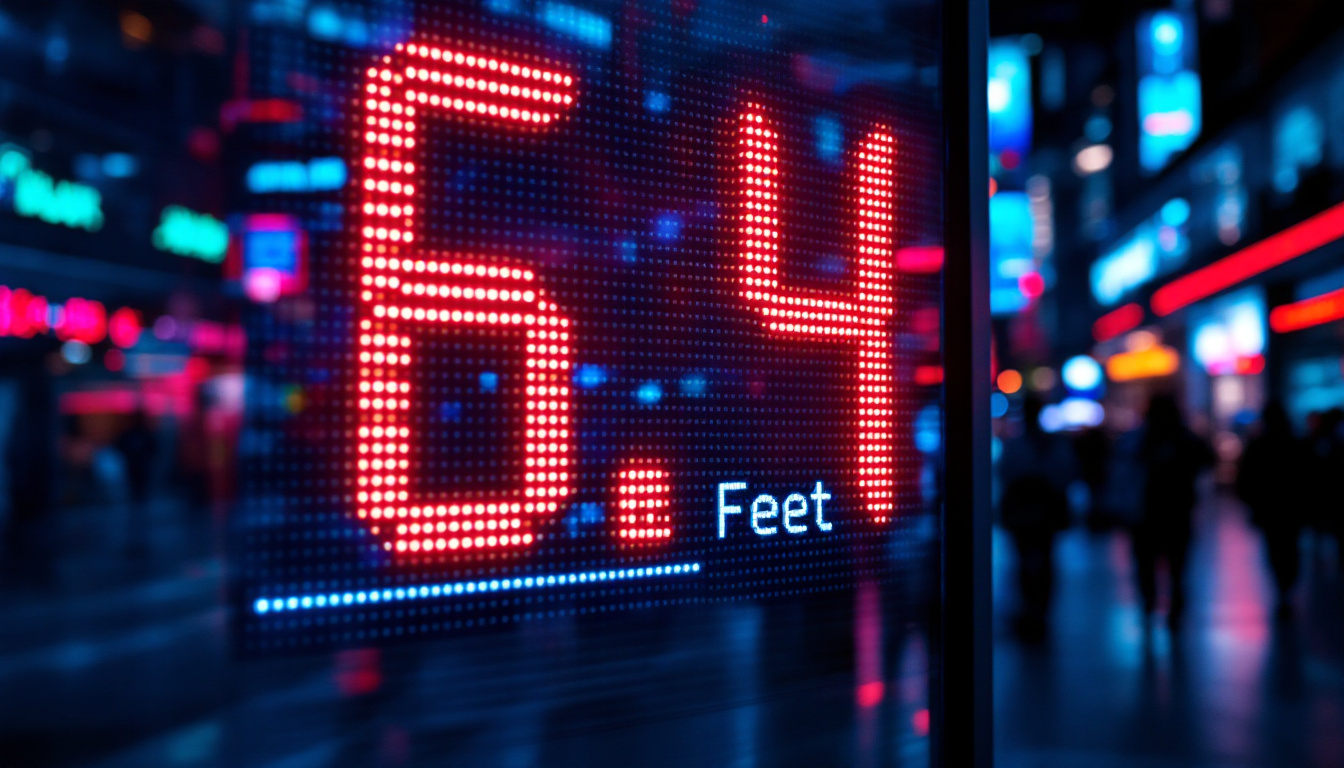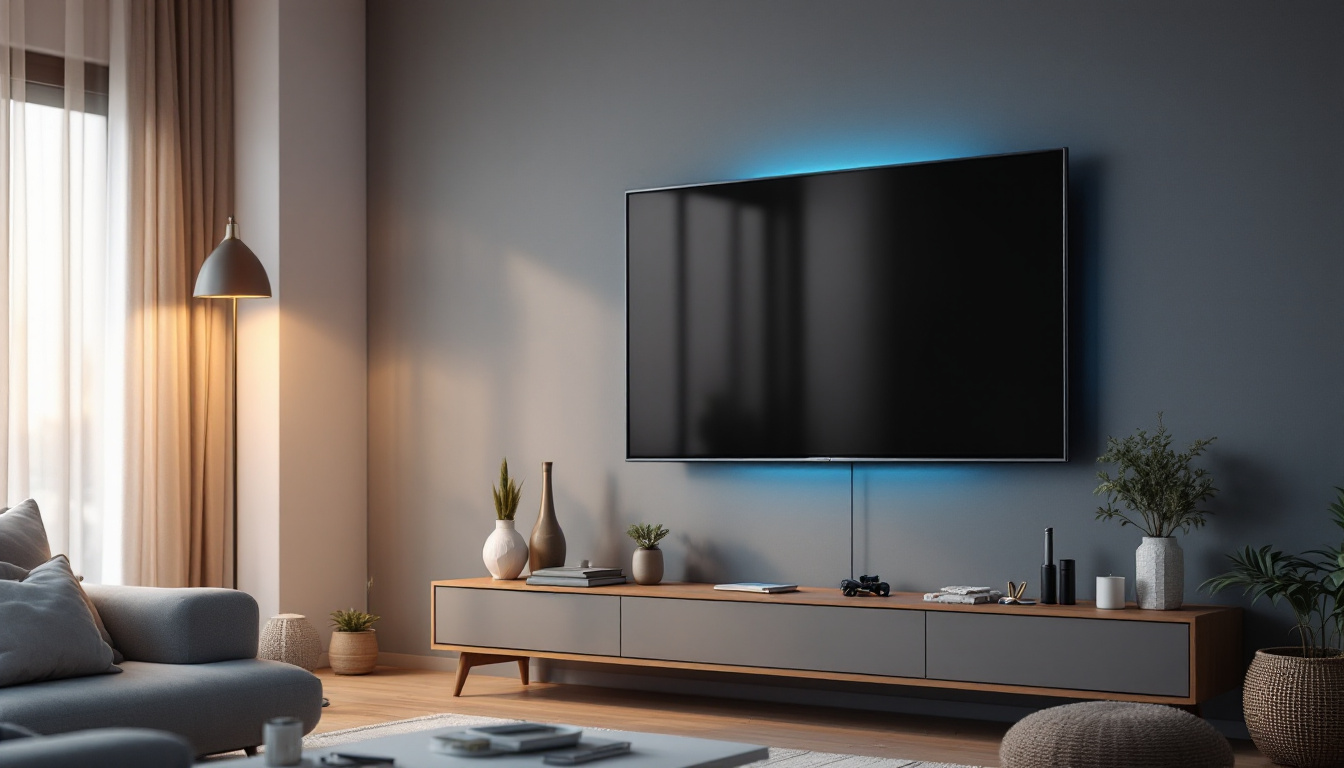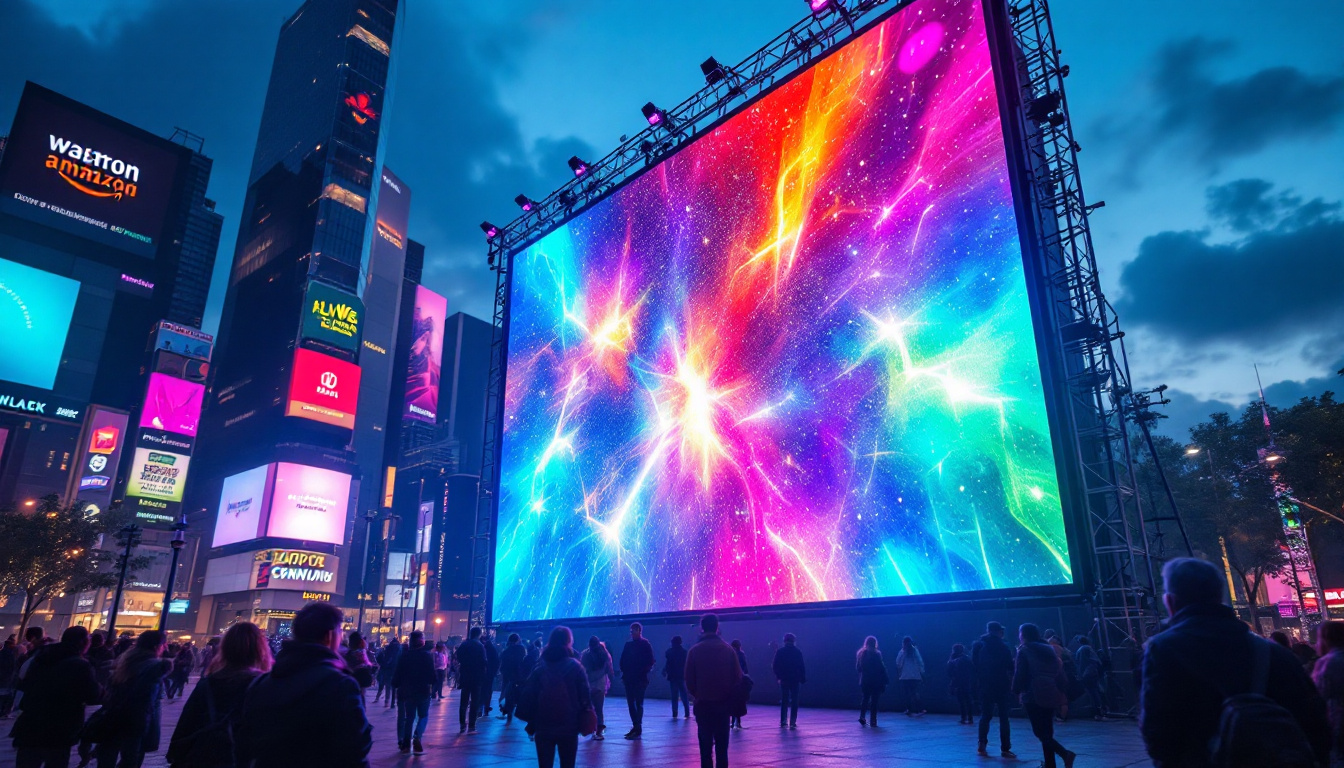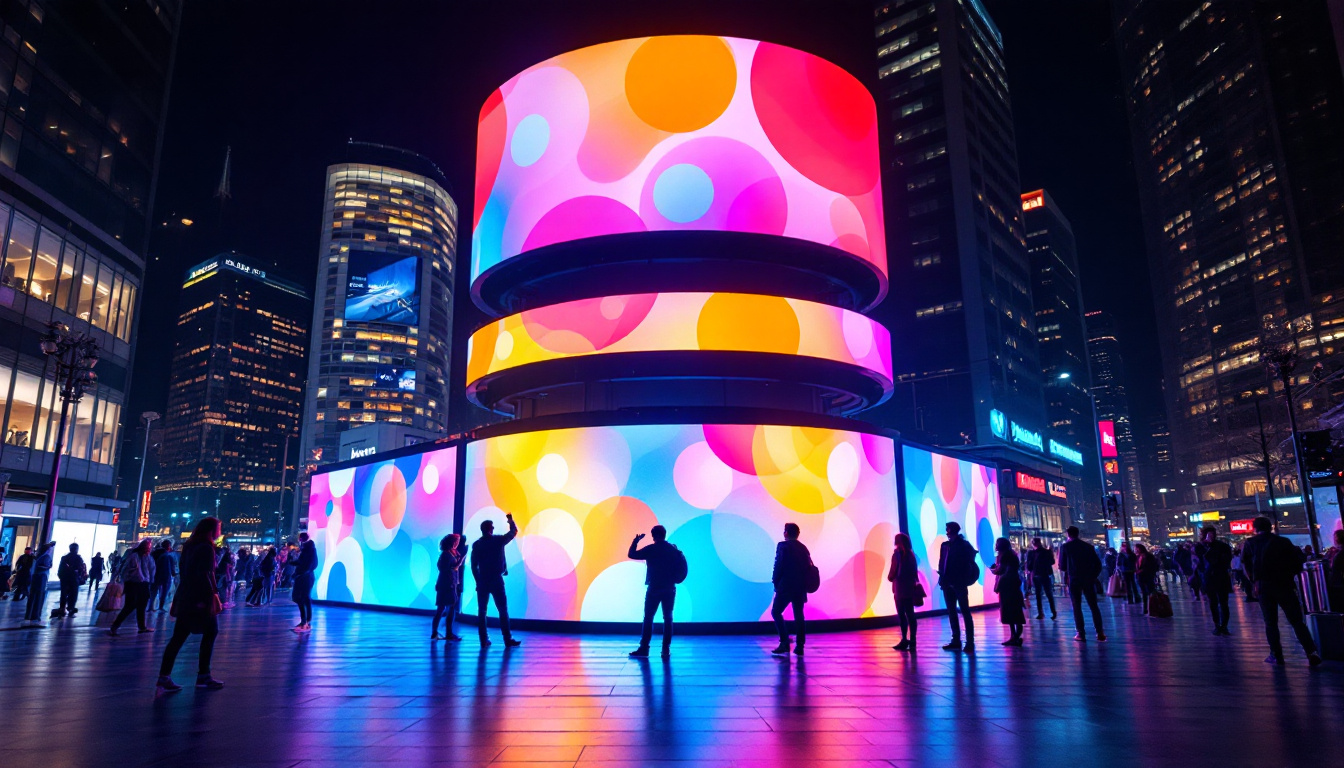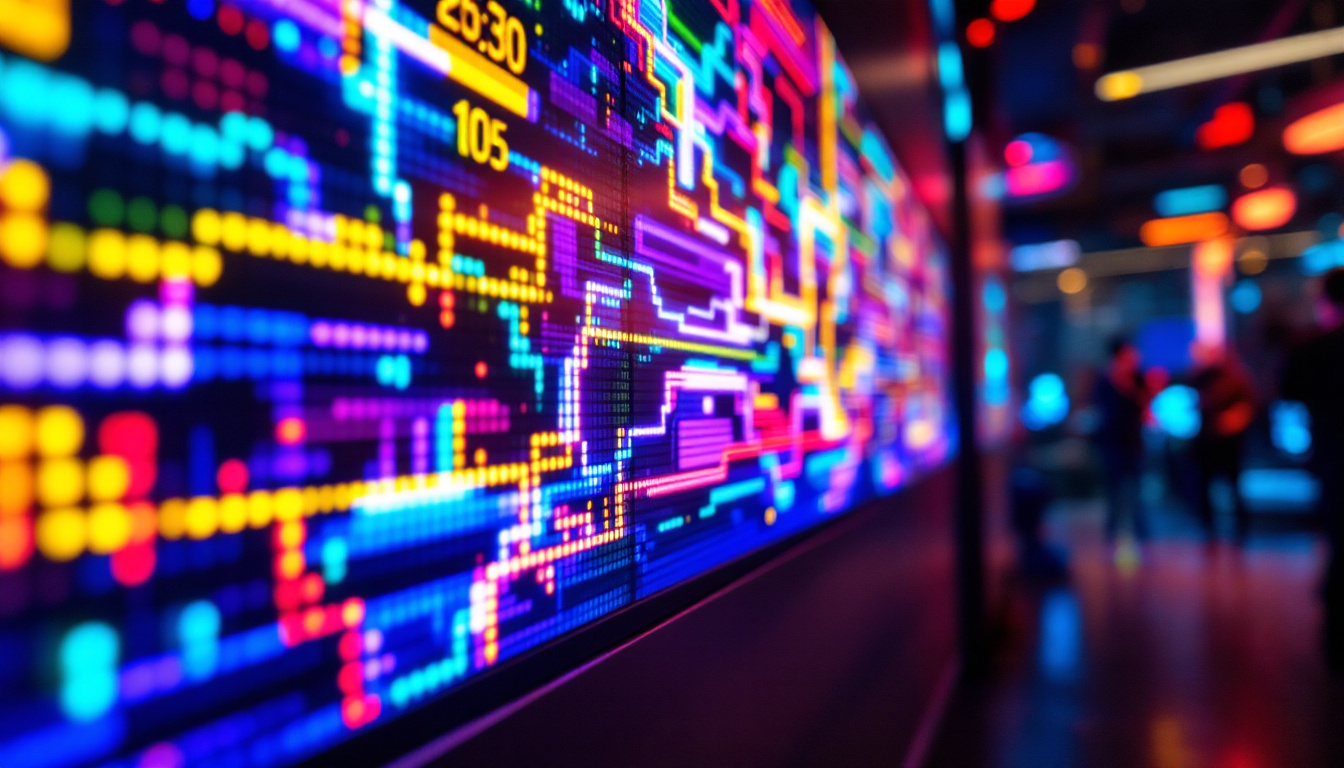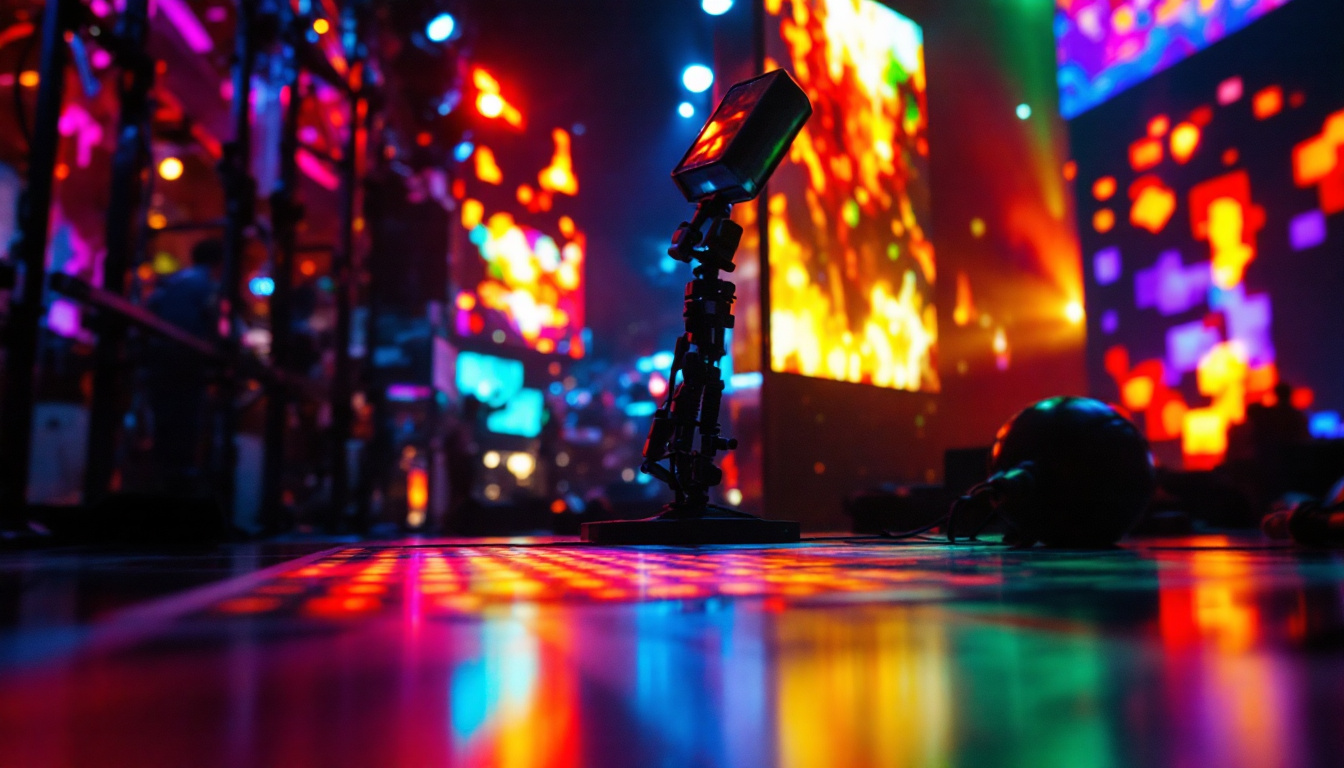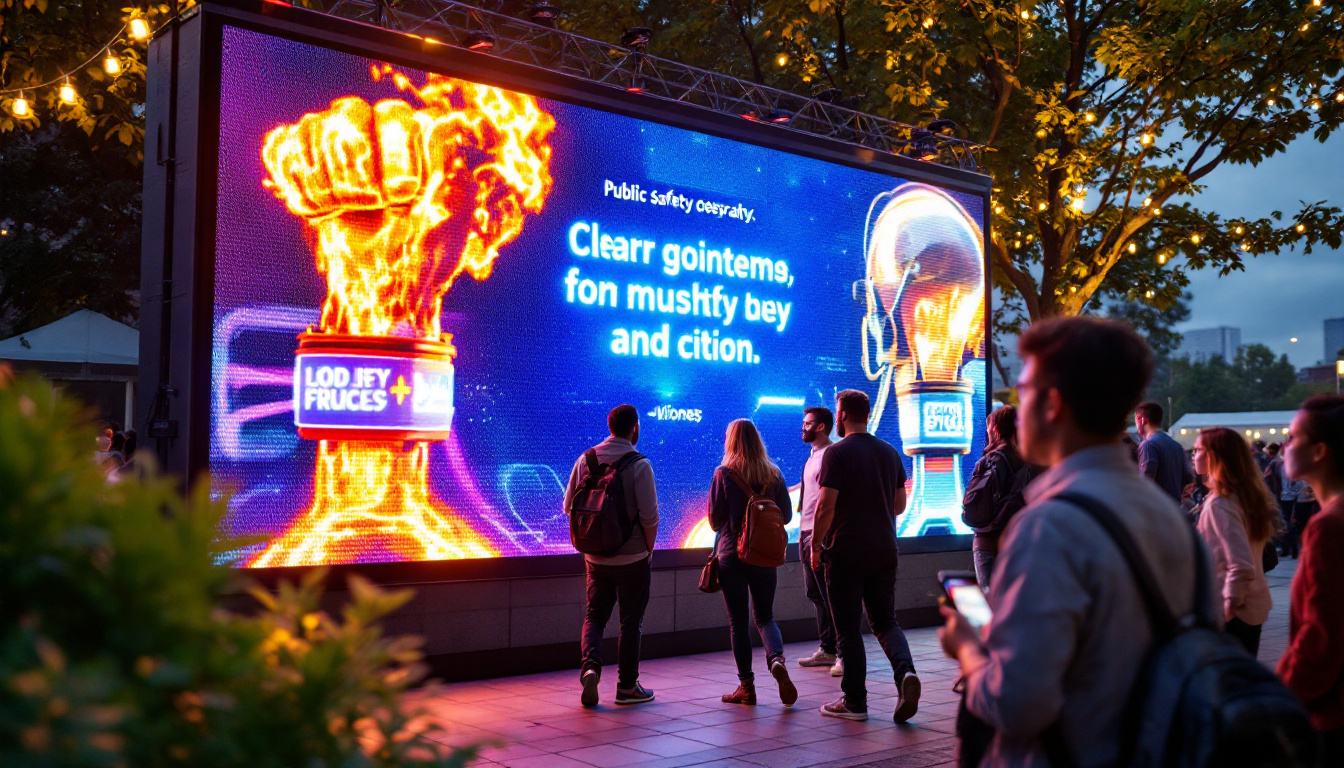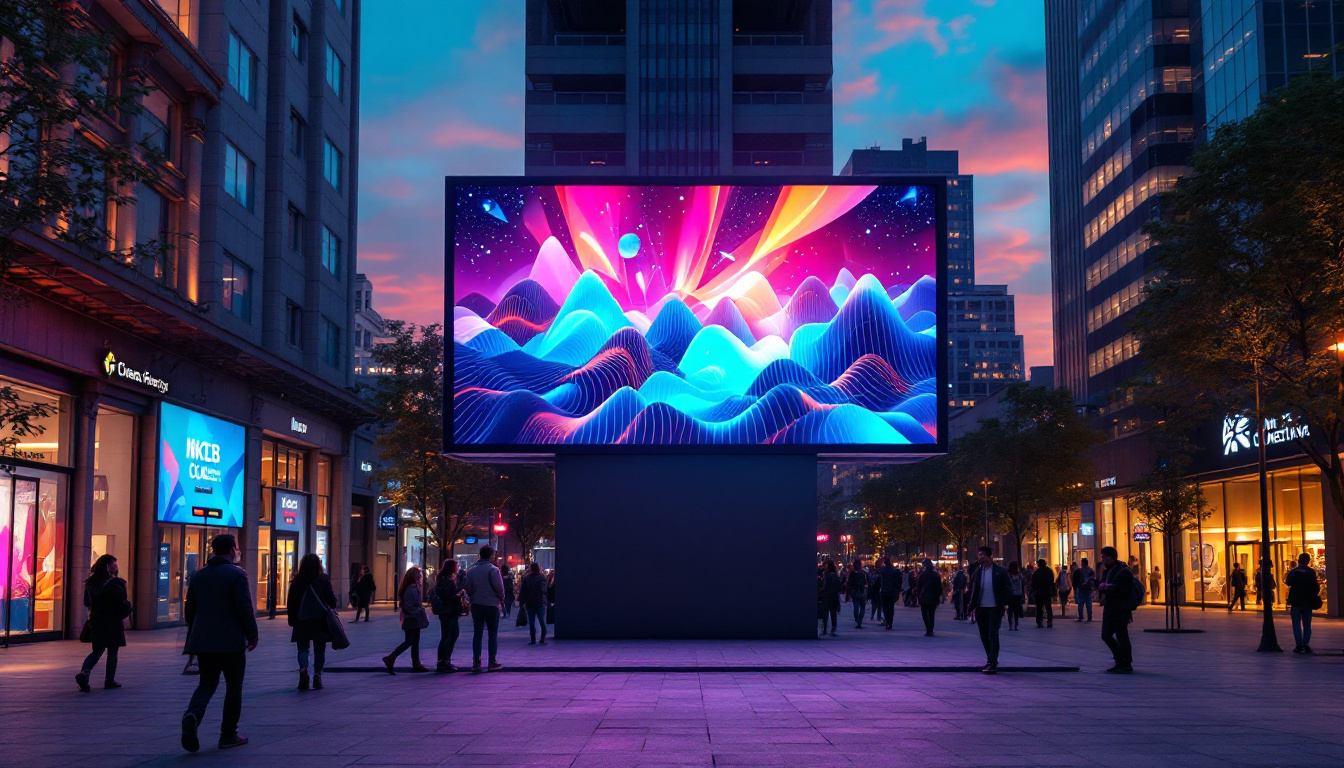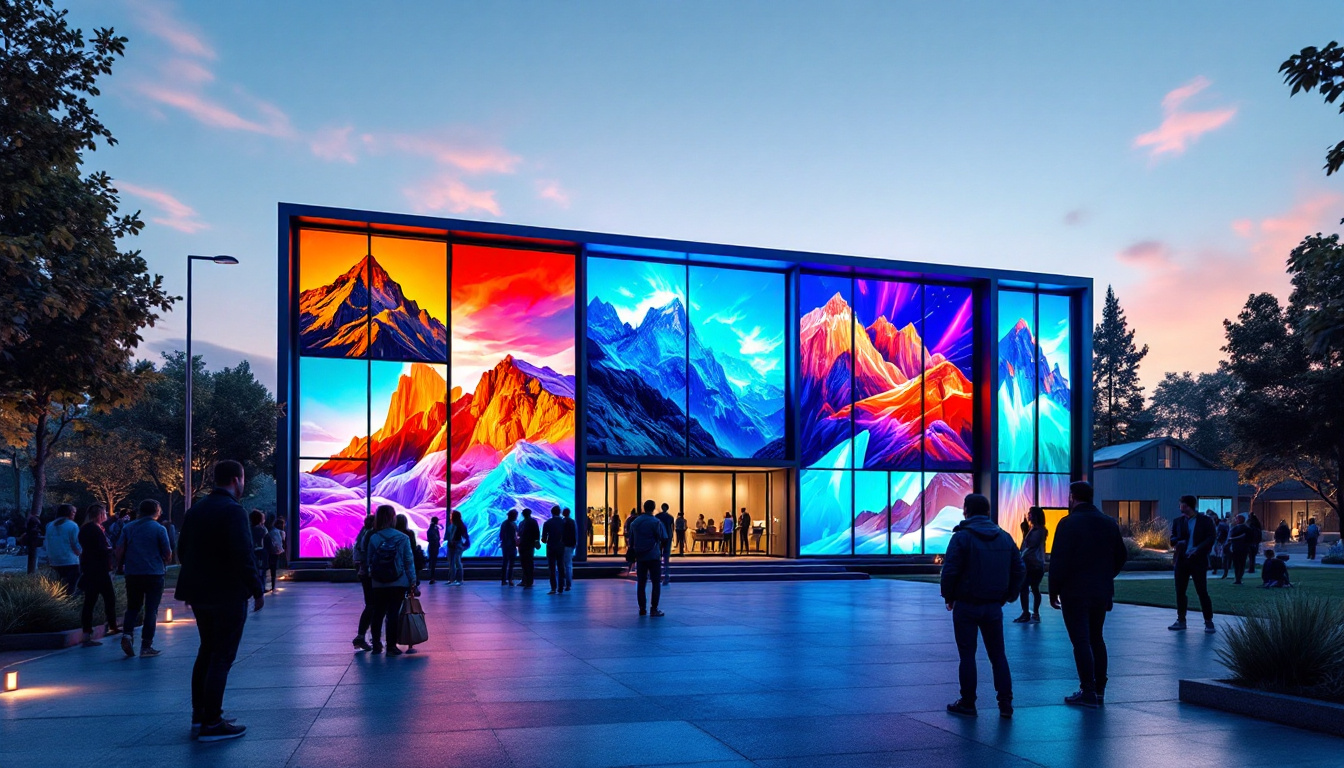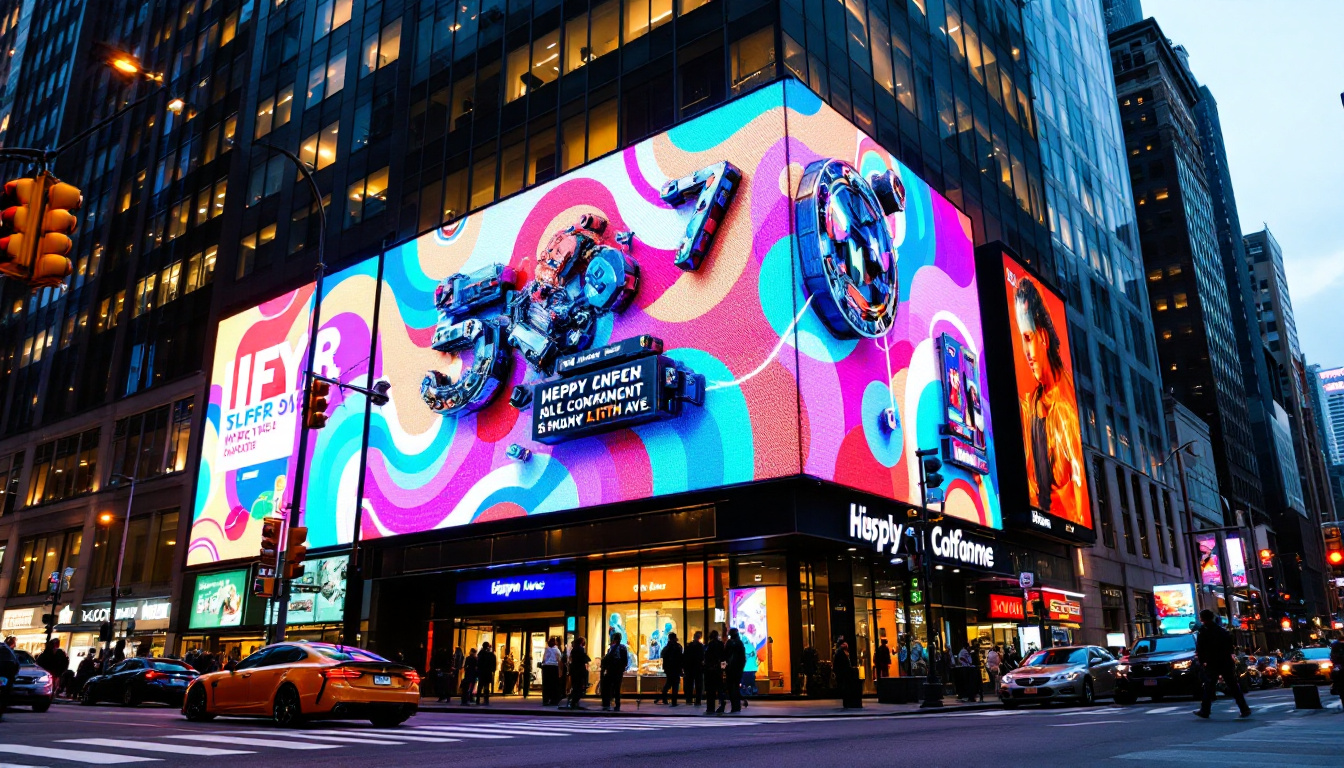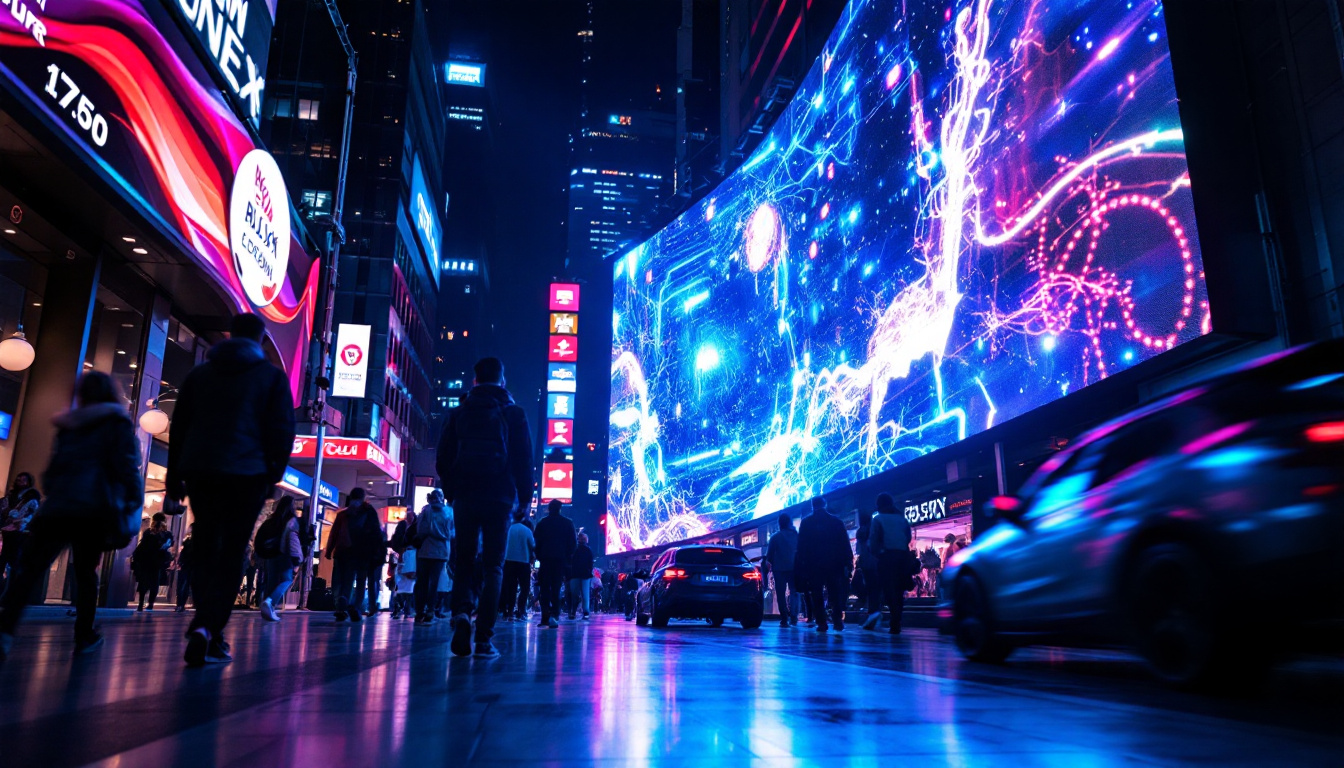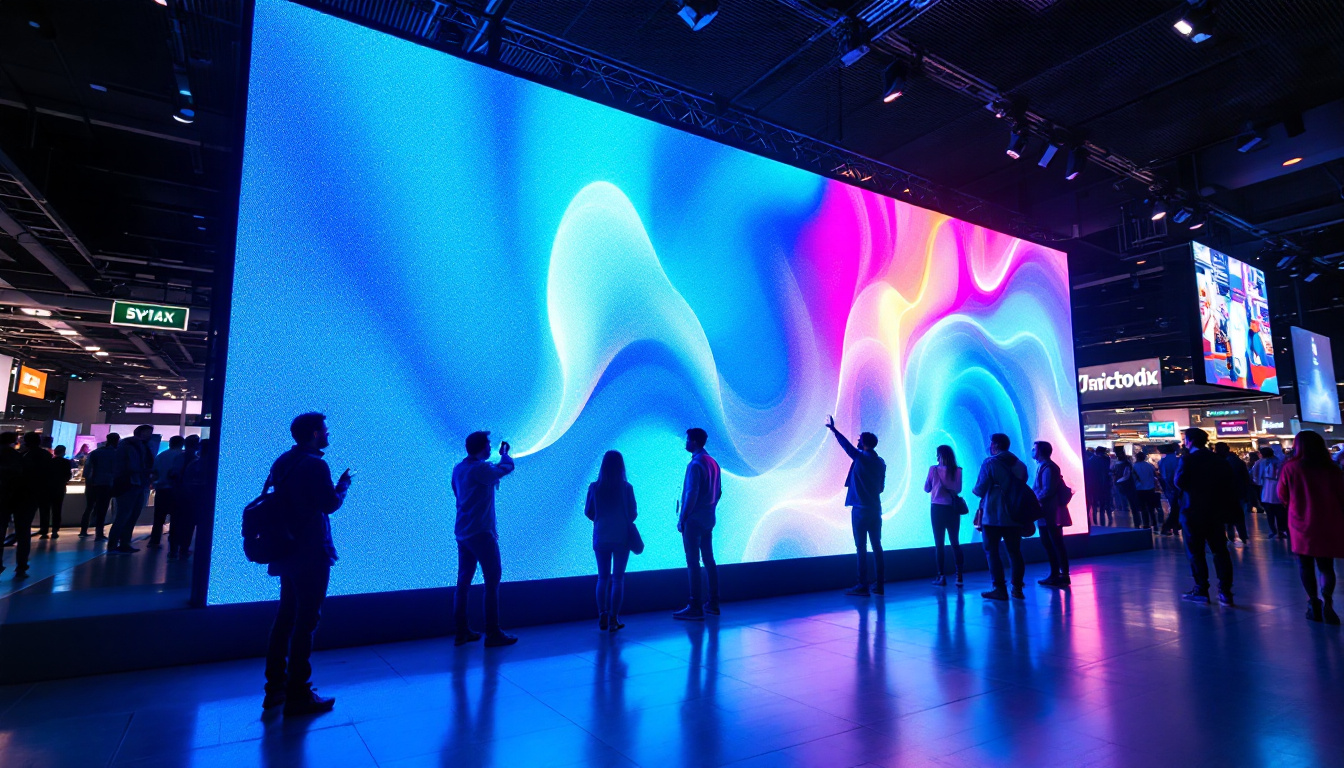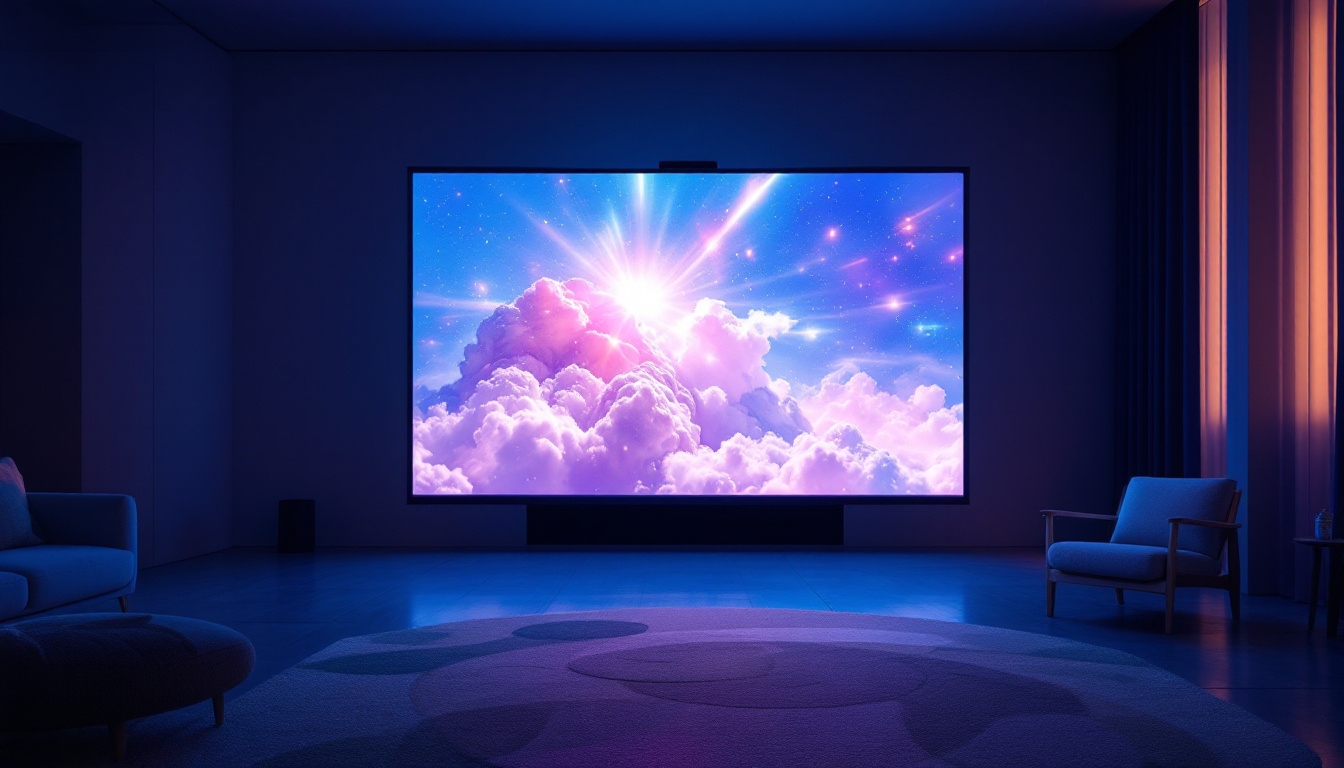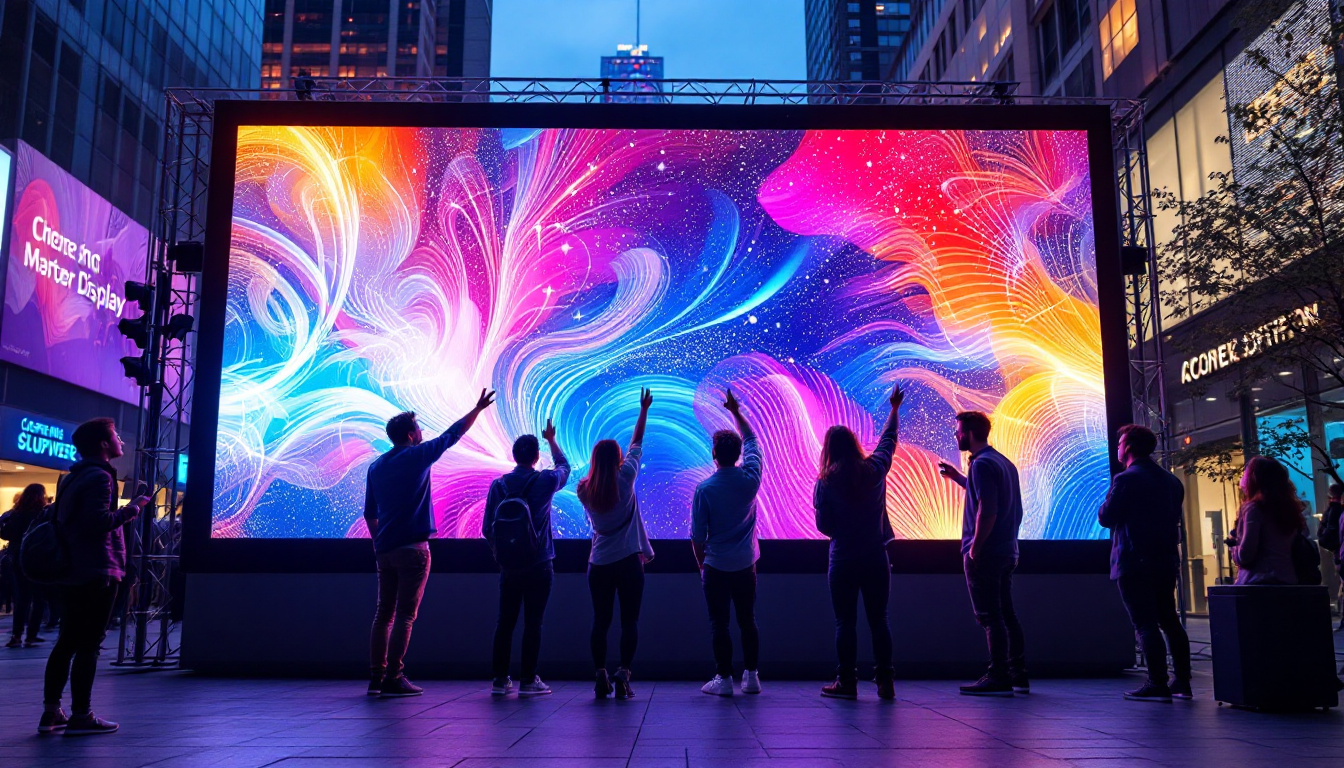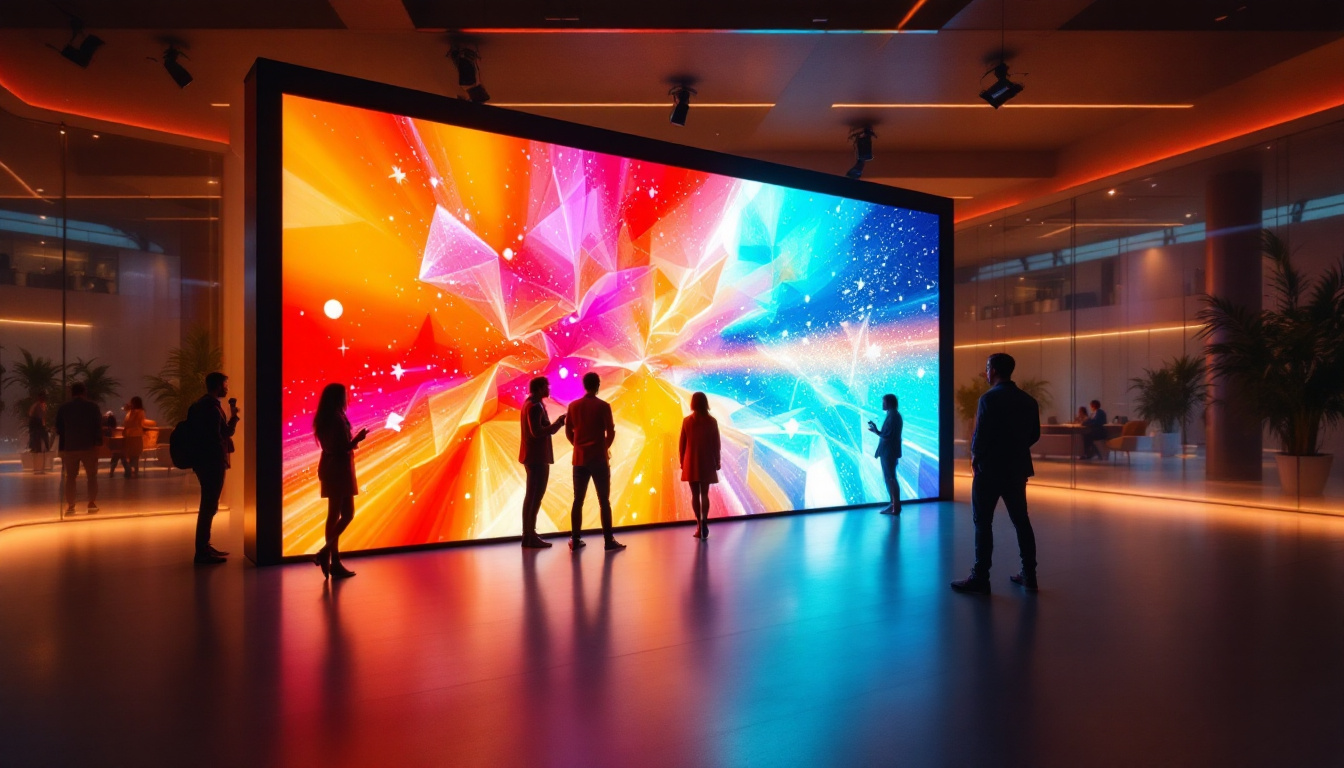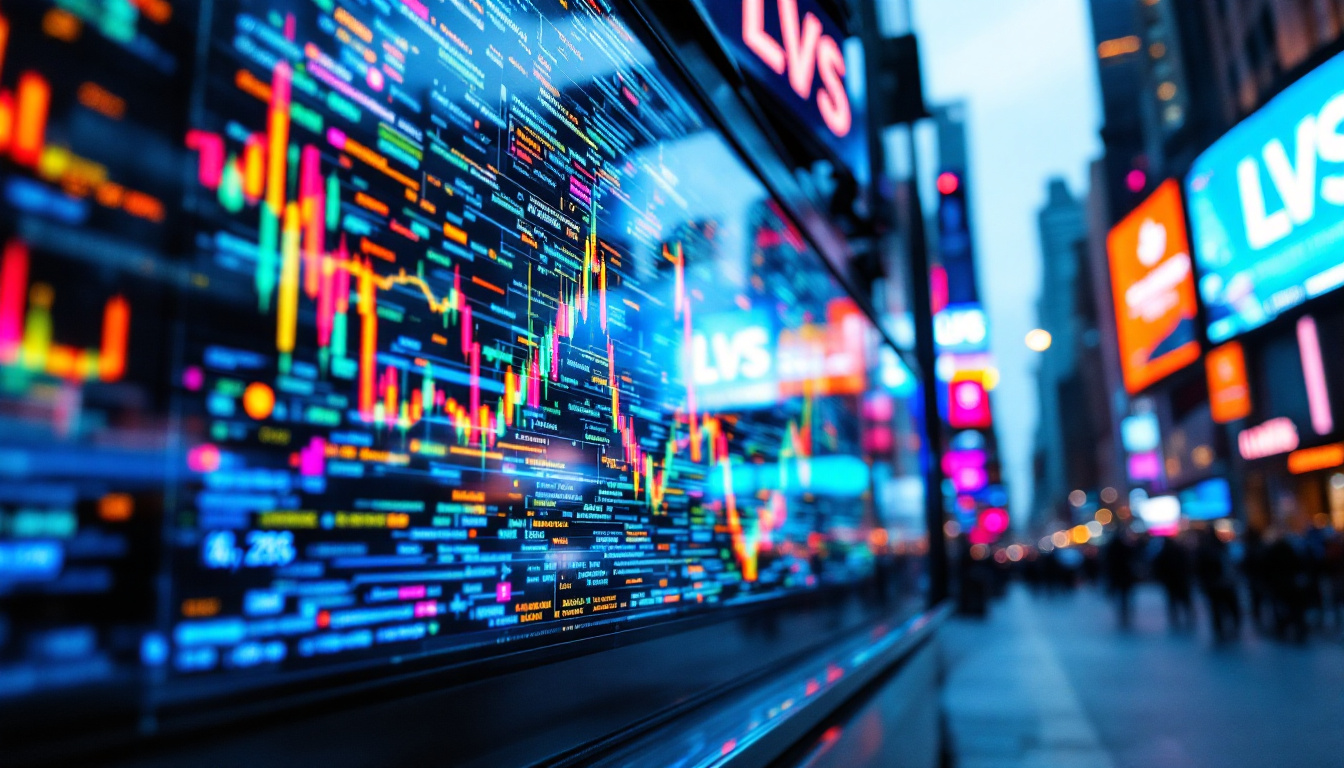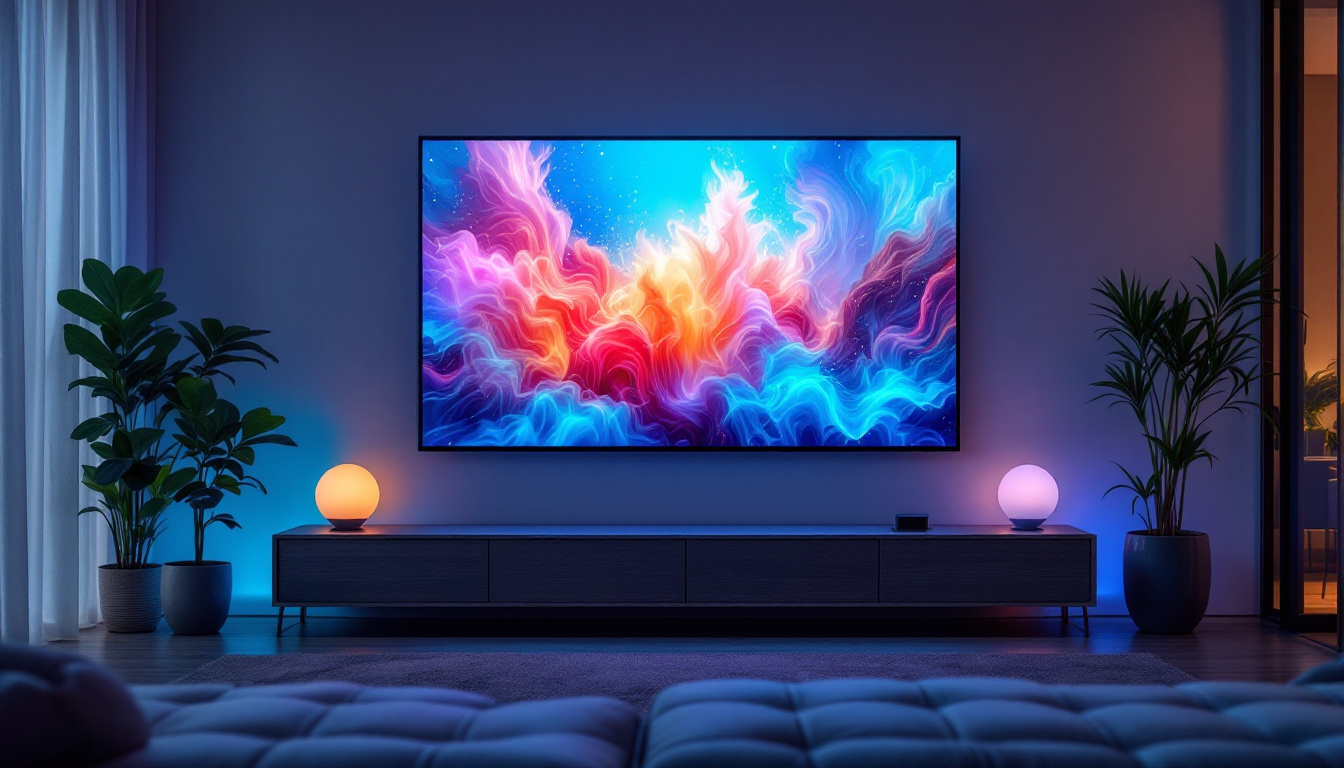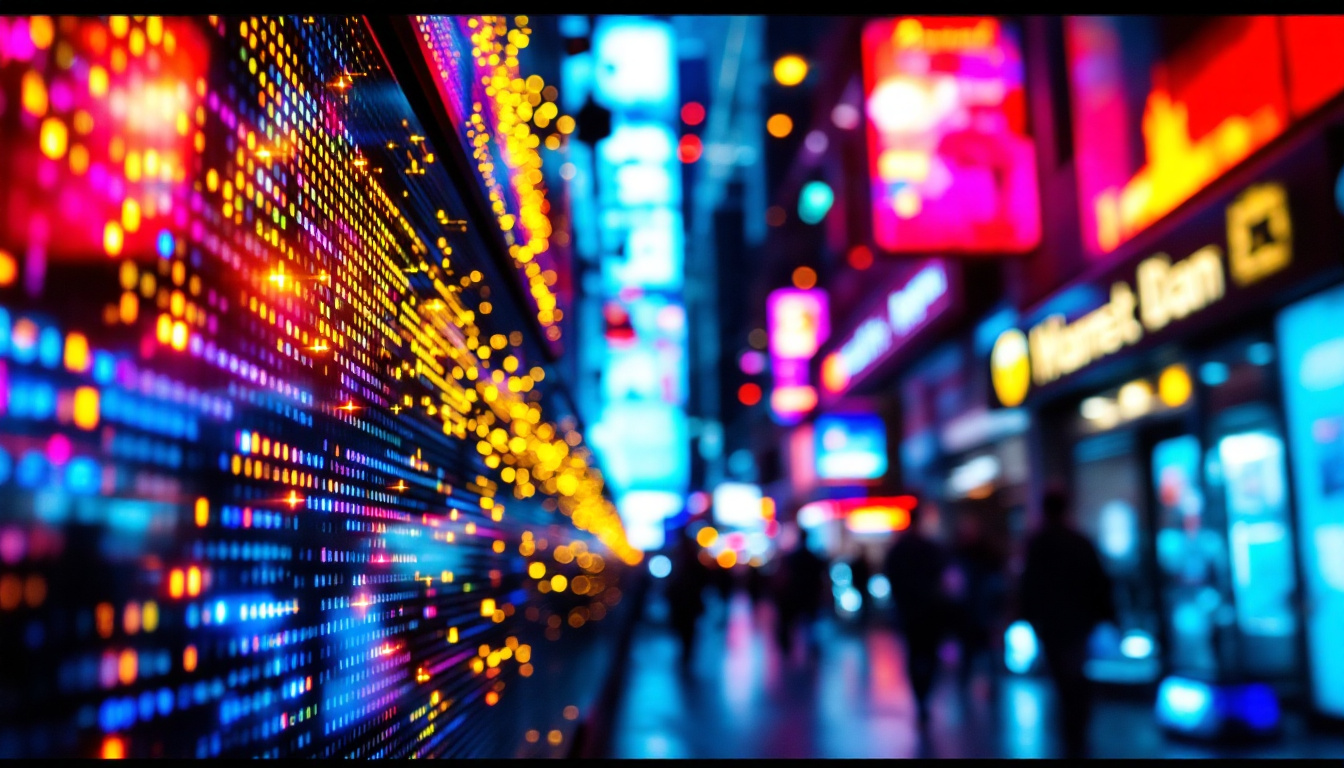Light Emitting Diodes (LEDs) have revolutionized the way we view and interact with digital displays. From televisions to smartphones, and even large-scale billboards, LED technology has become a staple in modern visual communication. This article delves into the meaning of LED, how LED displays work, their applications, and the advantages they offer.
What is an LED?
The term LED stands for Light Emitting Diode. It is a semiconductor device that emits light when an electric current passes through it. The light produced can vary in color, depending on the materials used in the semiconductor. LEDs are known for their efficiency and longevity, making them a popular choice in various applications. Their low energy consumption and minimal heat generation compared to traditional incandescent bulbs have led to a significant shift in lighting technology, contributing to energy savings and reduced carbon footprints across the globe.
The Science Behind LEDs
At the core of an LED is a semiconductor material, typically composed of elements like gallium, arsenic, or phosphorus. When electricity flows through the diode, electrons recombine with holes within the material, releasing energy in the form of photons. This process is known as electroluminescence, and it is the fundamental principle that allows LEDs to produce light. The efficiency of this process is what makes LEDs so desirable; they can convert a greater percentage of electrical energy into visible light compared to other lighting technologies. This efficiency not only enhances brightness but also significantly reduces the amount of energy required for lighting, making LEDs an environmentally friendly option.
Types of LEDs
LEDs come in various types, each tailored for specific applications. Some common types include:
- Standard LEDs: Used in indicator lights and simple displays.
- High-Power LEDs: Designed for applications requiring higher brightness, such as automotive lighting.
- RGB LEDs: Capable of producing multiple colors by combining red, green, and blue light.
In addition to these common types, there are also specialized LEDs such as organic LEDs (OLEDs), which utilize organic compounds to emit light and are often used in screens and displays due to their ability to produce vibrant colors and deeper blacks. Another interesting variant is the ultraviolet (UV) LED, which is used in applications ranging from sterilization to curing inks and adhesives. The versatility of LEDs extends beyond mere illumination; they are also employed in horticulture to promote plant growth, as specific wavelengths of light can enhance photosynthesis. As technology advances, the potential for new types of LEDs continues to expand, paving the way for innovative applications in various fields.
How LED Displays Work
LED displays utilize an array of individual LEDs to create images and text. Each LED acts as a pixel, and when combined, they form a complete display. The technology behind LED displays can be broken down into several components.
Pixel Configuration
In an LED display, pixels are arranged in a grid format. Each pixel consists of multiple LEDs that can emit different colors. The combination of these colors allows for a wide range of hues and shades, resulting in vibrant and dynamic images. The resolution of an LED display is determined by the number of pixels it contains, influencing the clarity and detail of the images displayed. Higher pixel densities lead to sharper images, making LED displays ideal for applications ranging from large outdoor billboards to high-definition televisions. Additionally, advancements in technology have led to the development of microLED displays, which use even smaller LEDs to create ultra-high-definition images with exceptional brightness and contrast.
Driving Technology
To control the brightness and color of each pixel, LED displays rely on driving technology. This technology regulates the current flowing to each LED, allowing for precise control over the display’s output. Common driving methods include:
- Constant Current Drivers: Maintain a steady current to ensure consistent brightness.
- Pulse Width Modulation (PWM): Adjusts the brightness by varying the duration of the current supplied to the LEDs.
Moreover, the choice of driving technology can significantly impact the overall performance and efficiency of the display. For instance, PWM is particularly effective in achieving a wide range of brightness levels without flickering, which is crucial for applications where visual comfort is paramount, such as in home theaters or professional video editing suites. Additionally, advancements in smart driving technologies have introduced features like adaptive brightness control, which automatically adjusts the display’s output based on ambient lighting conditions. This not only enhances the viewing experience but also contributes to energy savings, making LED displays a more sustainable choice for consumers and businesses alike.
Applications of LED Displays
LED displays are versatile and can be found in a multitude of settings. Their applications range from everyday consumer electronics to large-scale advertising and public information systems.
Consumer Electronics
In the realm of consumer electronics, LED displays are ubiquitous. They are commonly used in televisions, computer monitors, and smartphones. The ability to produce high-quality images with vibrant colors and deep contrasts makes LED technology the preferred choice for manufacturers. Additionally, advancements in LED technology, such as OLED and Mini-LED, have further enhanced the viewing experience by providing better energy efficiency and improved color accuracy. This has led to a growing trend in home entertainment systems, where consumers are increasingly opting for larger screens that deliver cinema-like experiences right in their living rooms.
Advertising and Signage
LED displays have transformed the advertising landscape. Billboards and digital signage utilize large LED screens to capture attention and convey messages effectively. The dynamic nature of LED displays allows advertisers to change content quickly, making them a flexible and cost-effective solution for marketing campaigns. Moreover, the ability to integrate interactive elements, such as touch screens and QR codes, has further increased engagement with audiences. Businesses can now tailor their advertisements based on real-time data, ensuring that their messages resonate with the target demographic and maximizing return on investment.
Public Information Systems
Many cities employ LED displays for public information systems, such as traffic signs and information boards. These displays can convey real-time information, such as traffic conditions, weather updates, and emergency alerts, enhancing public safety and awareness. Beyond traffic management, LED displays are also utilized in public transport systems, providing commuters with timely updates on train and bus schedules. This not only improves the efficiency of public transportation but also contributes to a more informed and connected community. Furthermore, during events or emergencies, LED displays can serve as vital communication tools, ensuring that citizens receive critical information promptly and effectively.
Advantages of LED Displays
LED displays offer a multitude of advantages over traditional display technologies, contributing to their widespread adoption across various industries.
Energy Efficiency
One of the most significant benefits of LED technology is its energy efficiency. LEDs consume significantly less power compared to traditional incandescent or fluorescent lights. This not only reduces electricity costs but also minimizes environmental impact, making LEDs a more sustainable option.
Longevity
LEDs have an exceptionally long lifespan, often lasting tens of thousands of hours. This durability reduces the need for frequent replacements, resulting in lower maintenance costs and less waste. The longevity of LED displays makes them an attractive investment for businesses and organizations.
Brightness and Visibility
LED displays are known for their high brightness levels, making them easily viewable in various lighting conditions. This characteristic is particularly advantageous for outdoor applications, where sunlight can diminish the visibility of traditional displays. The ability to maintain clarity and vibrancy in bright environments makes LED displays a preferred choice for many applications.
Challenges and Considerations
Despite their numerous advantages, LED displays also come with certain challenges and considerations that users should be aware of.
Initial Cost
The initial cost of LED displays can be higher than that of traditional display technologies. While the long-term savings in energy and maintenance may offset this investment, organizations must consider their budget and financial constraints when making a decision.
Color Calibration
To achieve optimal performance, LED displays require careful color calibration. Variations in LED manufacturing can lead to inconsistencies in color output, necessitating adjustments to maintain uniformity across the display. This process can be time-consuming and may require specialized equipment.
The Future of LED Displays
The future of LED displays looks promising, with ongoing advancements in technology and applications. Innovations in microLED and OLED technologies are paving the way for even more efficient and versatile display solutions.
MicroLED Technology
MicroLED technology represents a significant leap forward in display technology. By utilizing microscopic LEDs, this technology offers improved resolution and color accuracy while maintaining the energy efficiency of traditional LEDs. MicroLED displays are expected to become increasingly popular in high-end consumer electronics and large-scale displays.
Integration with Smart Technology
As smart technology continues to evolve, LED displays are being integrated into various smart devices and systems. This integration allows for enhanced interactivity and connectivity, enabling users to control displays through mobile applications or voice commands. The future of LED displays will likely see even greater integration with the Internet of Things (IoT), creating a more connected and responsive environment.
Conclusion
LED displays have transformed the way we communicate and interact with visual media. Their efficiency, longevity, and versatility make them an ideal choice for a wide range of applications, from consumer electronics to large-scale advertising. As technology continues to advance, the potential for LED displays will only expand, promising exciting developments in the years to come.
Understanding the meaning of LED and how LED displays function is essential for anyone interested in modern technology. With their myriad advantages and growing applications, LED displays are sure to remain at the forefront of visual communication for the foreseeable future.
Discover LumenMatrix’s Innovative LED Solutions
Ready to elevate your visual communication with cutting-edge LED technology? LumenMatrix is at the forefront of LED display innovation, offering a diverse range of solutions tailored to your needs. Whether you’re looking for Indoor LED Wall Displays, Outdoor LED Wall Displays, or specialized options like Vehicle LED Displays and LED Sports Displays, LumenMatrix has you covered. Experience the transformative power of LED displays and join the revolution in visual storytelling. Check out LumenMatrix LED Display Solutions today and see how we can help you make a lasting impression.


